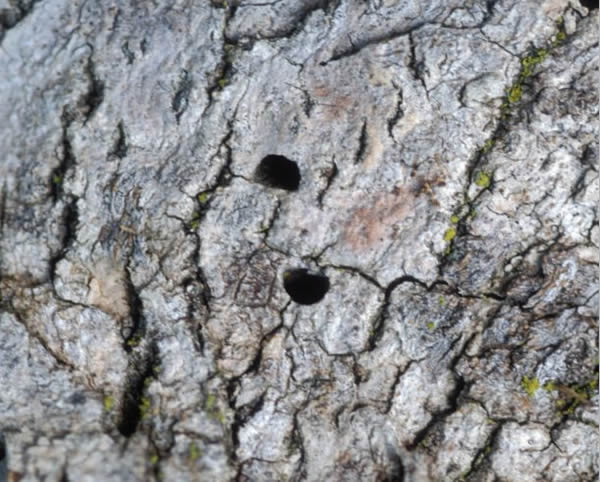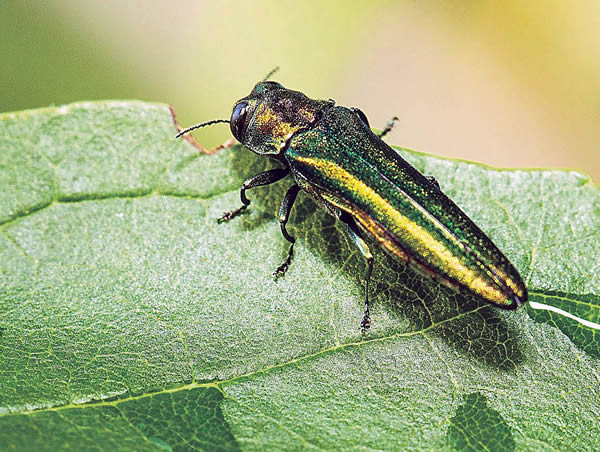Like much of the United States, Georgia is dealing with a threat to its forest ecosystems: the invasive Emerald Ash Borer (EAB) continues its destructive march across North America. The EAB, a beetle native to Asia, has become a serious threat to ash trees.
The infestation began in the early 2000s, likely introduced through international trade. Since then, it has spread relentlessly, leaving a trail of dead or dying trees in its wake. Ash trees, prevalent in our local woodlands, are vulnerable to the EAB’s destructive feeding habits. The beetle’s larvae tunnel beneath the bark, disrupting the tree’s nutrient flow and ultimately leading to the tree’s death. The infestation not only threatens the ash tree population but also poses a cascading impact on other flora and fauna dependent on these trees. The loss of ash trees disrupts the delicate balance within the forest, affecting wildlife habitats, soil composition, and overall ecological health.
Efforts to combat the Emerald Ash Borer in Georgia involve a combination of quarantine measures, insecticide treatments, and public awareness campaigns. However, the challenge remains daunting due to the EAB’s rapid spread. Long-term solutions may involve the development of resistant tree varieties, rigorous monitoring, and collaborative regional strategies.
What it Means For the Property Owners
Infested ash trees are unlikely to survive the EAB, so it’s important to deal with the infested tree before it causes other damage. The infestation is readily apparent, as the EAB makes conspicuous, round holes in the bark of the tree. These are easily spotted:

If you see these telltale holes on an ash tree on your property, please contact us for a free quote to assess and potentially remove the tree, before the EAB can spread further, or the tree’s death causes damage to your’s or a neighbor’s property.
